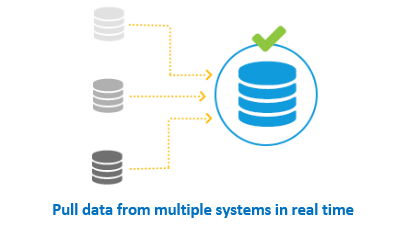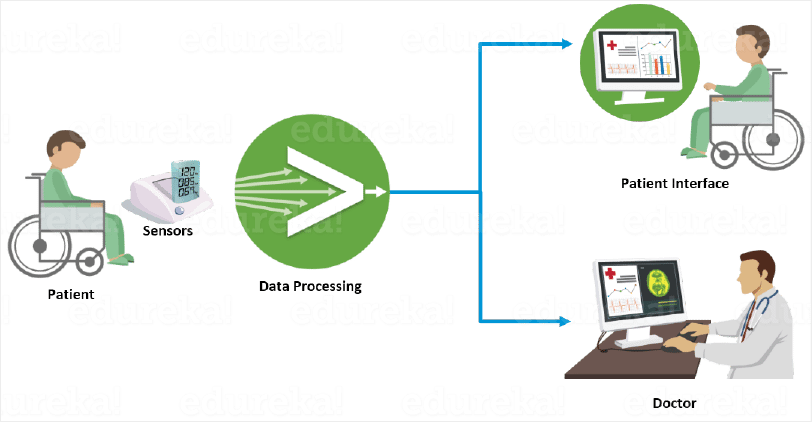What Is Splunk?
Splunk is a software platform to search, analyze and visualize the machine-generated data gathered from the websites, applications, sensors, devices etc. which make up your IT infrastructure and business.
If you have a machine which is generating data continuously and you want to analyze the machine state in real time, then how will you do it? Can you do it with the help of Splunk? Yes! You can. The image below will help you relate to how Splunk collects data.

Real time processing is Splunk’s biggest selling point because, we have seen storage devices get better and better over the years, we have seen processors become more efficient with every ageing day, but not data movement. This technique has not improved and this is the bottleneck in most of the processes within organizations.
If you already think Splunk is an awesome tool, then hear me out when I say that this is just the tip of the iceberg. You can be rest assured that the remainder of this blog post will keep you glued to your seat if you have an intention to provide your business the best solution, be it for system monitoring or for data analysis.
The other benefits with implementing Splunk are:
- Your input data can be in any format for e.g. .csv, or json or other formats
- You can configure Splunk to give Alerts / Events notification at the onset of a machine state
- You can accurately predict the resources needed for scaling up the infrastructure
- You can create knowledge objects for Operational Intelligence
For those of you who don’t know what is a knowledge object, it is a user-defined entity using which you can enrich your existing data by extracting some valuable information. These Knowledge objects can be saved searches, event types, lookups, reports, alerts or many more which helps in setting up intelligence to your systems.
The infographic below mentions some of the functionalities for which Splunk can be used.
To give you more clarity on how Splunk works, I am going to tell you how Bosch used Splunk for data analytics. They collected the healthcare data from the remotely located patients using IoT devices(sensors). Splunk would process this data and any abnormal activity would be reported to the doctor and patient via the patient interface. Splunk helped them achieve the following:
- Reporting health conditions in real time
- Delve deeper into the patient’s health record and analyze patterns
- Alarms / Alerts to both the doctor and patient when the patient’s health degrades

I urge you to see this Splunk video tutorial that explains the basics of Splunk, how it works, working architecture and much more.

No comments:
Post a Comment